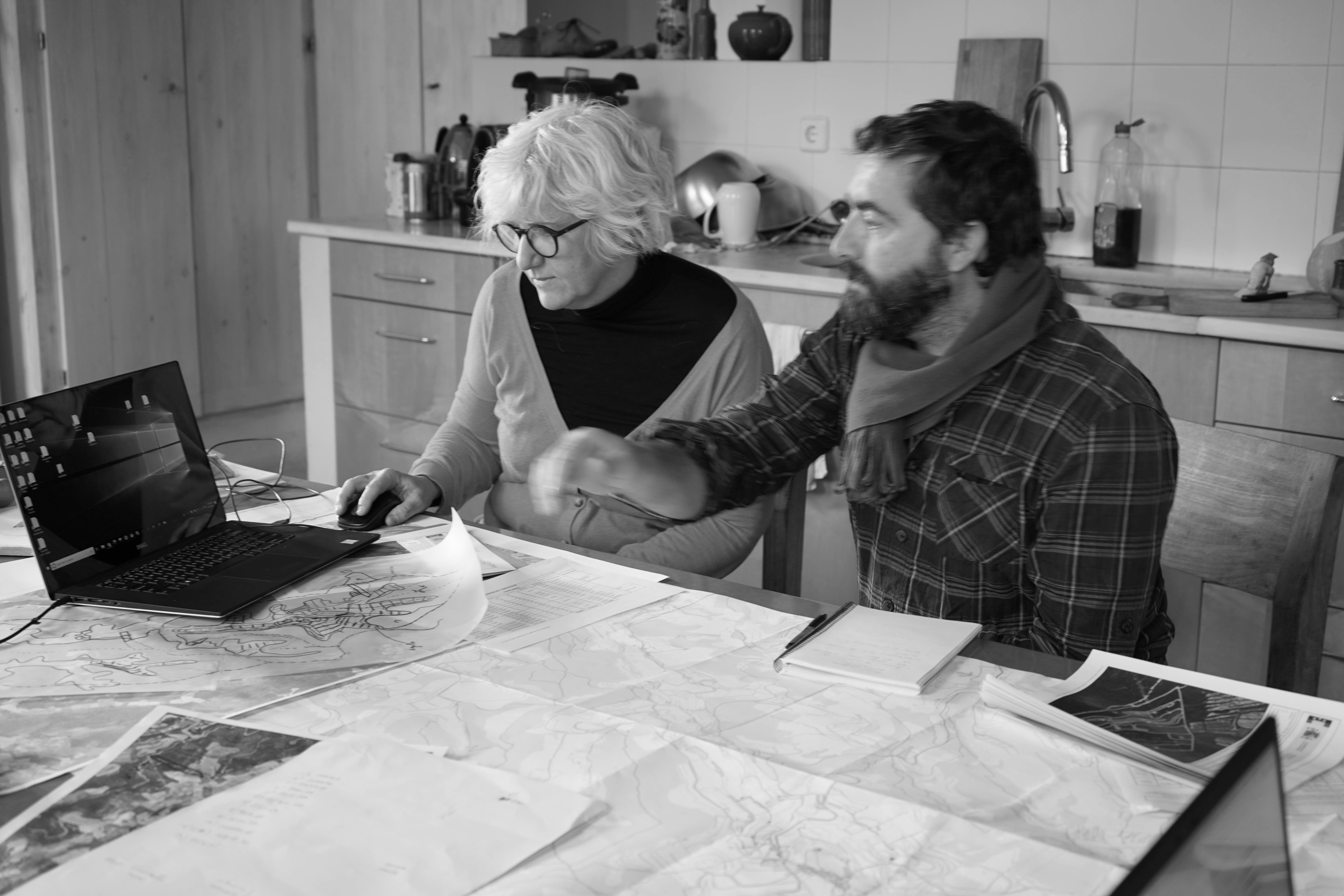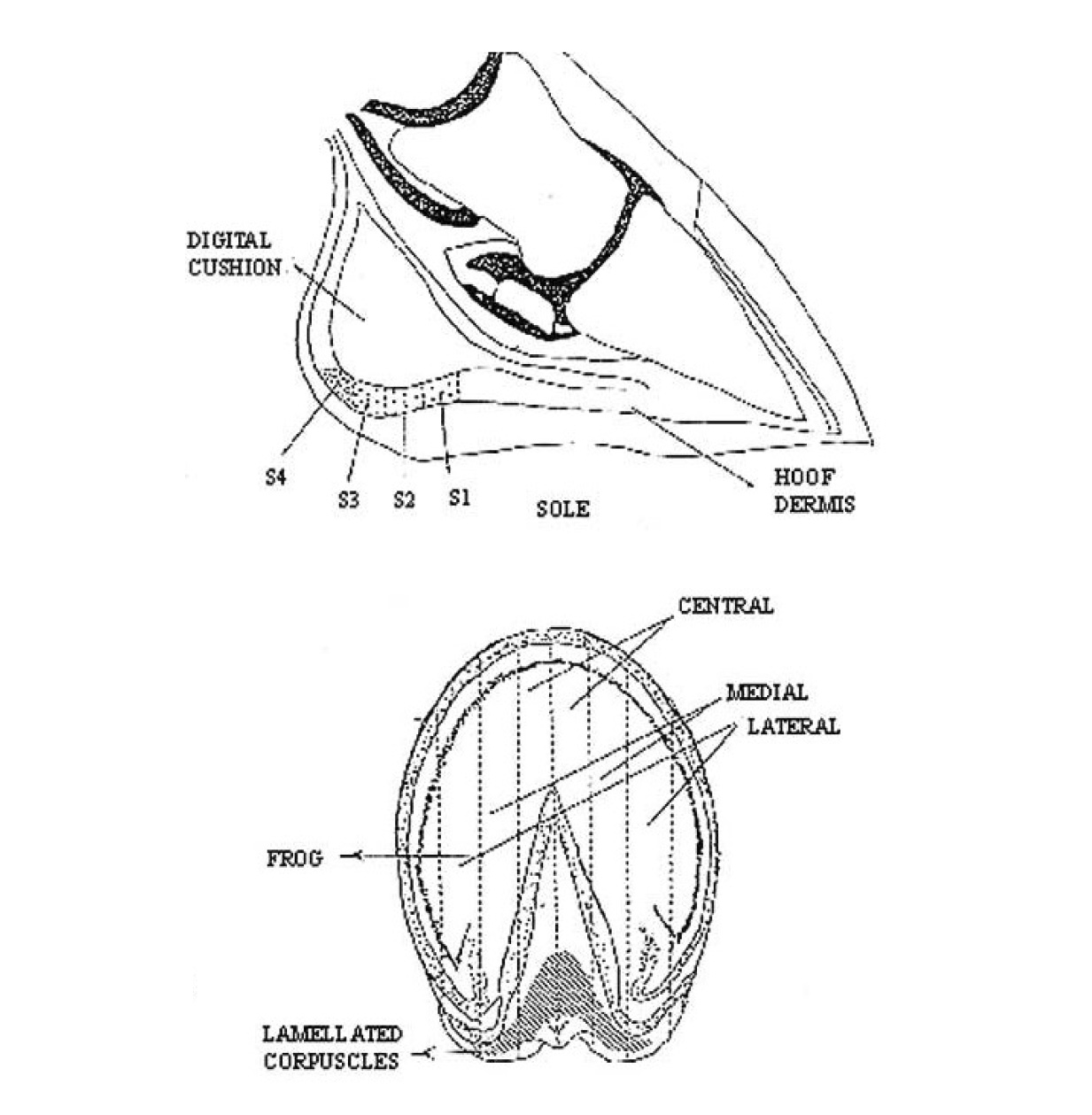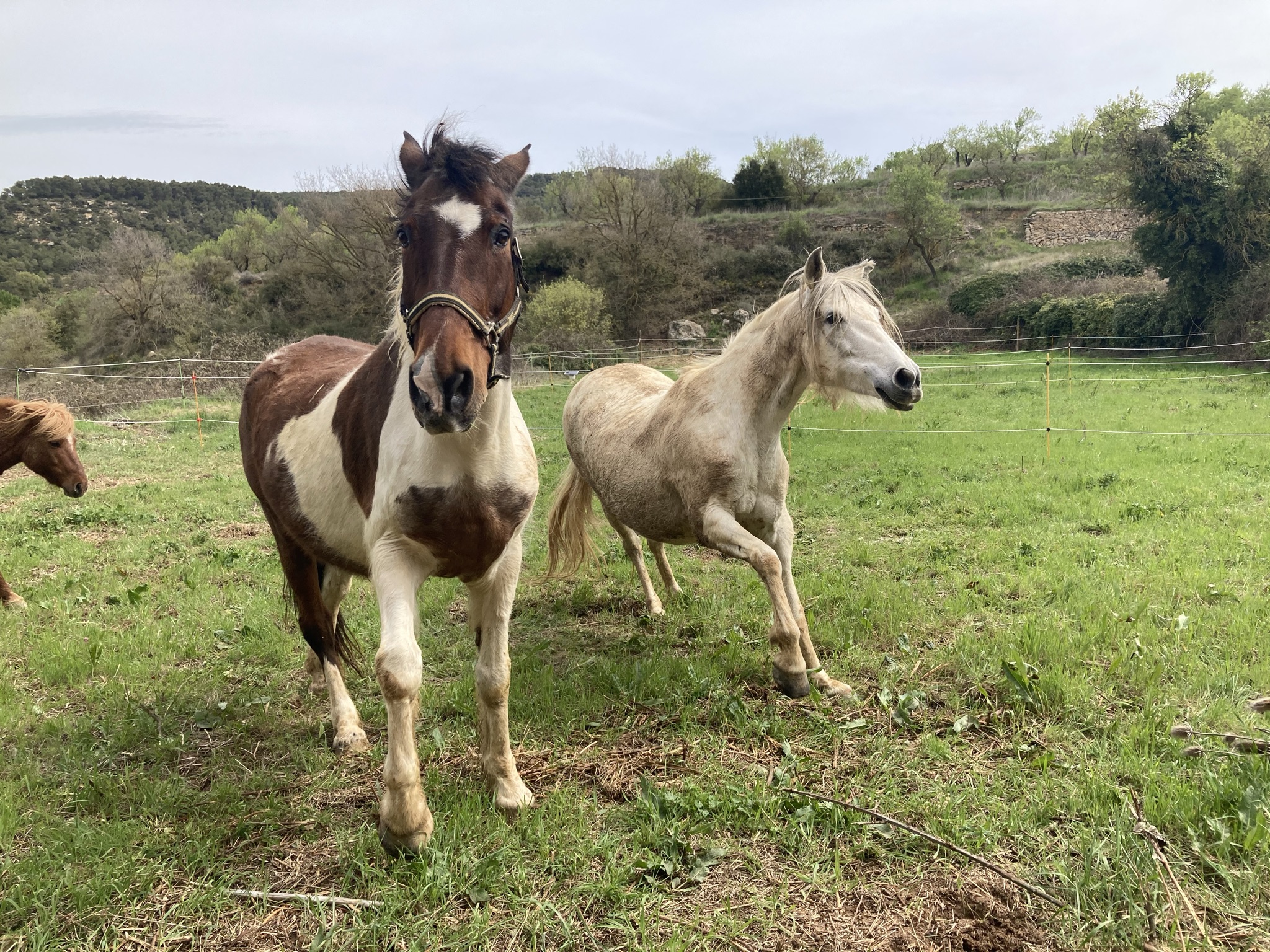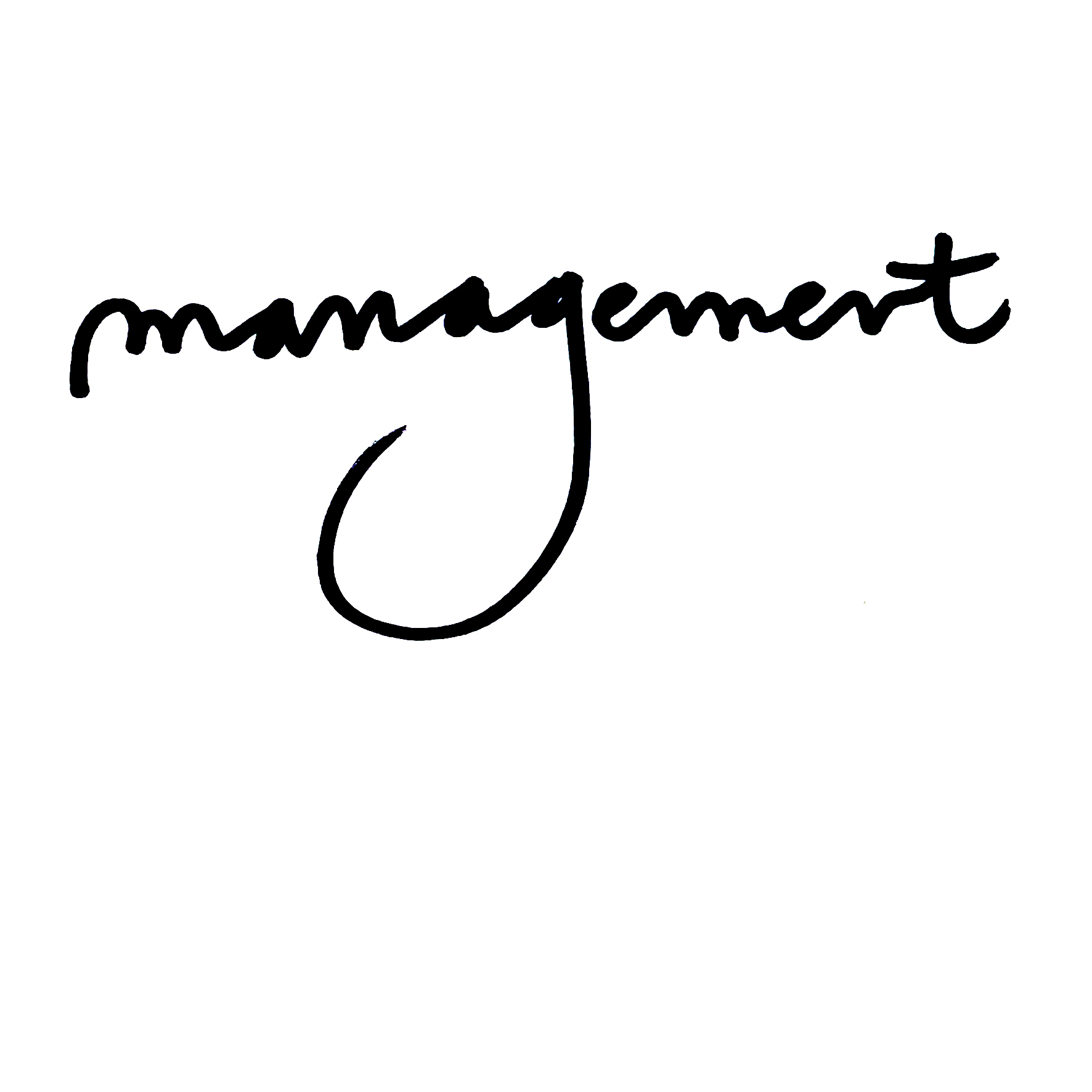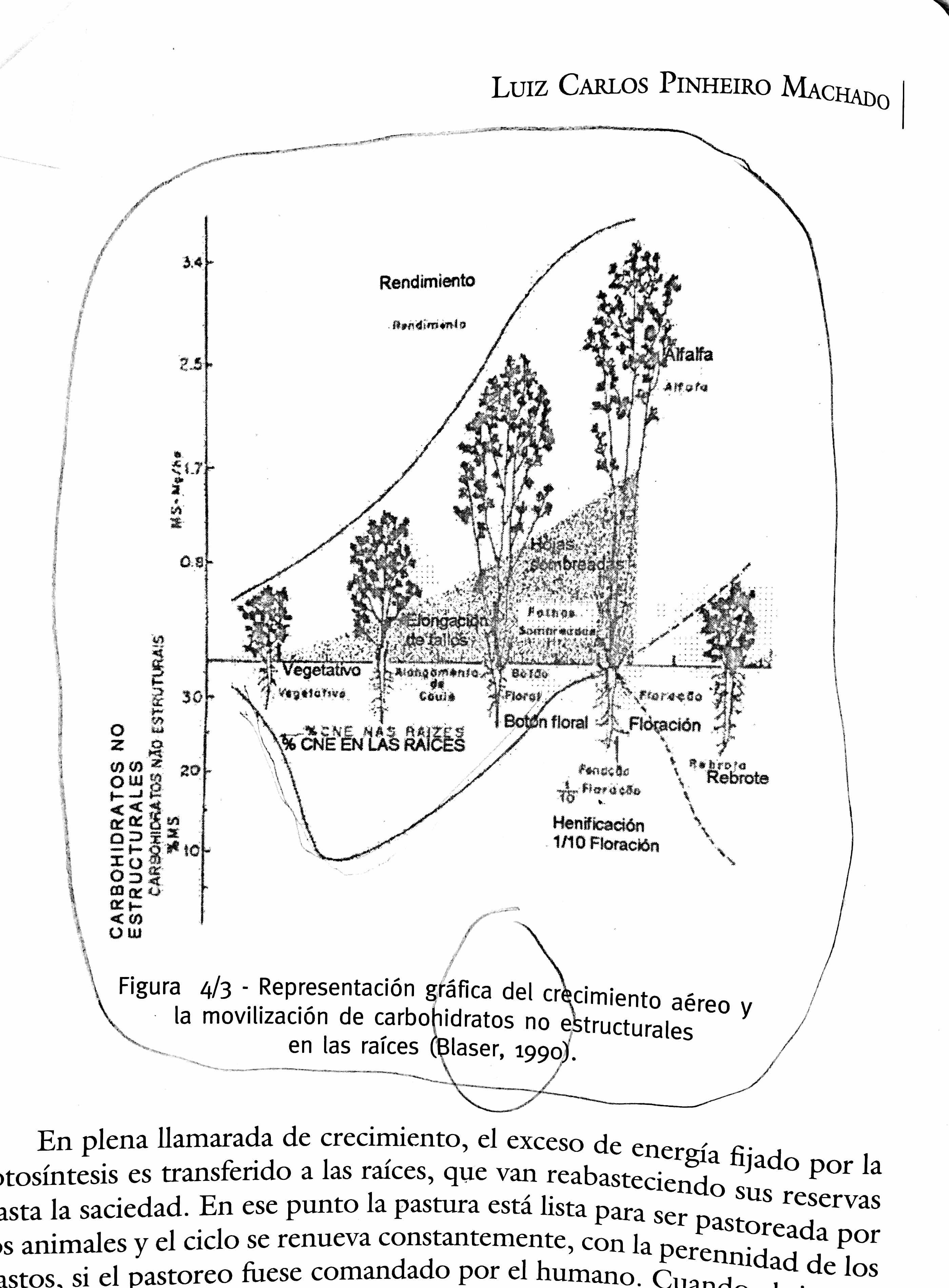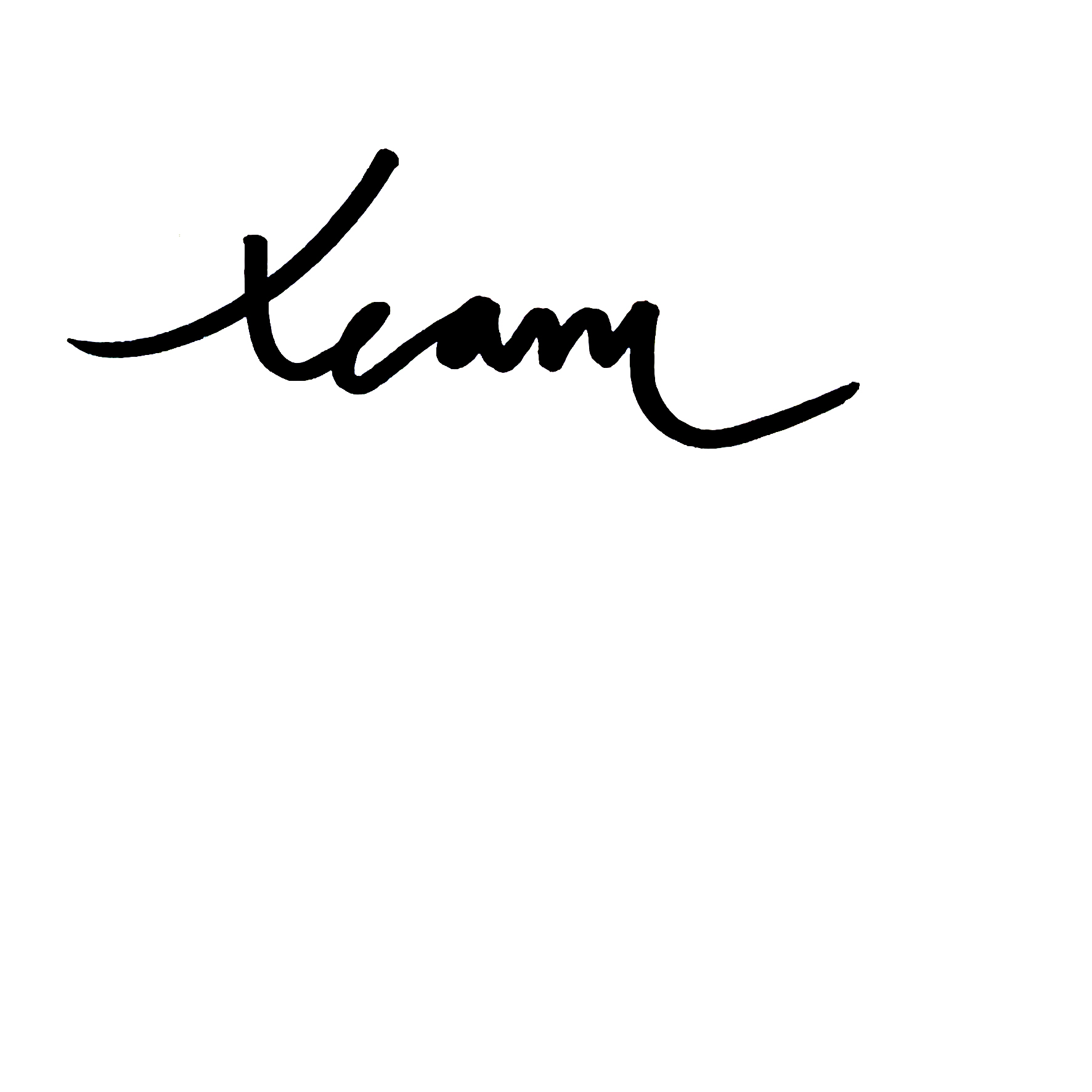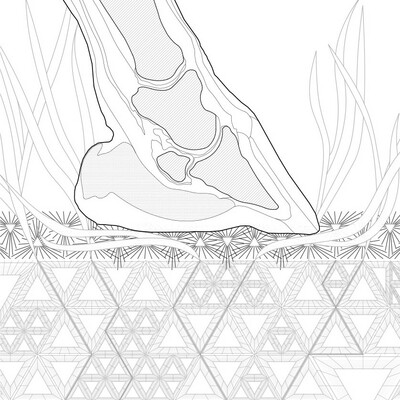
Barefoot horses in the Garden of the XXI century
“We have cell phones, we have brilliant technologies today and we're putting an iron with some nails in it into horses’ feet.”
In addition to the method of PRV, the project borrows from a growing movement to rethink the treatments applied to the horse’s hooves. The dominant technique in regard to horse podiatry is the use of horseshoes—metal pieces that are nailed onto the bottom of a horse’s hoof. This technique emerged as a need for horses to travel quickly over the urbanized pavement and the compacted ground. However, there is a growing number of farriers, horse veterinarians, and other experts that argue that this practice is ultimately destructive to the animal’s wellbeing. Marc Sánchez, our collaborator and horse manager, describes that the shape and function of horse’s hoof is intimately connected with its metabolic processes. The application of the traditional horseshoe interrupts those processes, ultimately having negative impacts on the horse’s digestion, energy, and movement.
The movement for barefoot horses focuses on the physiology of the horse hoof and creating pasture conditions that support that physiology. If horses have a soft, pliable soil surface on which to tread, they don’t need for the cast iron supports to which the horse-keeping world is accustomed. In this way, the horse podiatry and pasture management dovetail to form a holistic management strategy that prioritizes soil health.
IMPACT OF THE SOIL QUALITY INTO THE HORSE’S HEALTH
The environment where the horse lives has an impact on the hooves’ development equal or bigger as genetic factors, reflecting directly into the horse’s health. The internal structures of the hoof, both bones and soft tissues, change their development overtime adapting their composition to the different conditions of the environment (Bowker, 2003).
The soft tissues present in the hoof are responsible of the correct distribution of loads to the limbs and the bad development or adaptation of these tissues can derive in chronical mobility and cardiovascular problems for the horse.
“The hoof is the reflection of the horse’s lifestyle. It offers a record of its habits, and by observing it you can see the horse’s life during a year. Inflammations, if there was a traumatic impression, a change on its diet, if the horse walked on hard or soft terrains… it is a testimony.”
The use of horseshoes disables the functioning of some of these soft tissues, causing their atrophy and resulting into more stress for the limbs’ articulations and bones. In the case of bad footed horses, whose hoof’s structure is not well developed, the impact on harder soils increases the stress into the whole locomotive system.
By being barefoot and augmenting the movement of the horse, the internal structure of the hoof starts to get activated, but a general improvement has to come along with a favourable management of the horse’s habits and its environment adapting the process to the conditions of each horse.
A softer soil increases the imprint of the horse’s feet while walking, allowing the loads to be evenly distributed in a bigger area. The mitigation of the impact with the ground significantly reduces the stress over the bones and articulations in comparison to a harder surface, boosting the correct development of the internal and external tissues of the hoof and therefore, causing a general improvement of the horse’s metabolism and health.
References:
Bowker, R. M. (2003). Contrasting Structural Morphologies of ‘Good’ and ‘Bad’ Footed Horses. Department of Pathobiology and Diagnostic Investigation, College of Veterinary Medicine, East Lansing, Michigan, USA.
From podiatry to wellness. Interview with Marc Sánchez, expert in Equine Podiatry and co-manager of the Garden of the XXI century in Senan. Chair of Being Alive, available here.


